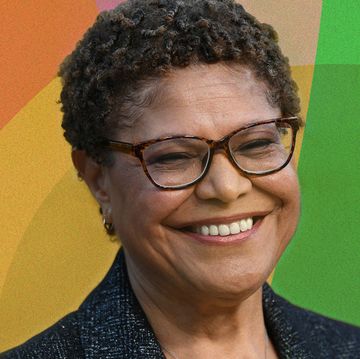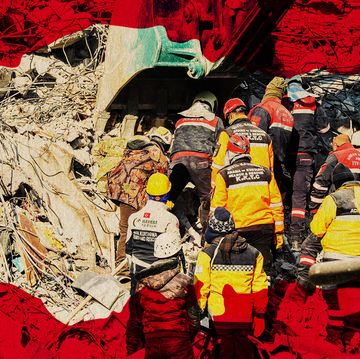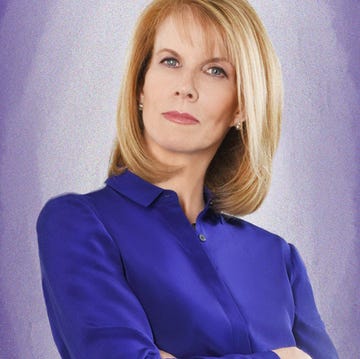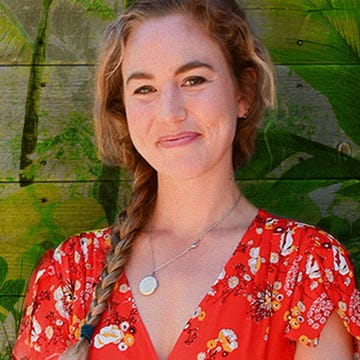At this time of year, as most of us sit down to tables full of food, it can be easy to forget that many families aren’t as fortunate. In 2021, 33.8 million people lived in food-insecure homes where there wasn’t enough food for every family member to be healthy, according to the USDA. Many of these individuals live in poverty and don’t know where their next meal is coming from or whether they’ll go to bed with an empty stomach.
Fortunately, there are many nonprofit organizations that ensure these people aren’t forgotten or overlooked. Driven by compassionate and generous volunteers committed to ending hunger or at least alleviating it, these groups are in constant need of funding to keep feeding those in need. This holiday season, consider donating to one of these nonprofits. In the process, you’ll help make our world just a little less hungry.
Meals on Wheels
Each year, Meals on Wheels America serves 2.4 million seniors. Through 5,000 community-based programs nationwide, 2 million volunteers deliver free meals to homebound seniors and check on their well-being. Volunteers also provide food for the soul in the form of companionship and conversation.
A simple 10-minute visit can make a huge difference in the lives of the 9 million seniors who struggle with hunger in the U.S. According to Meals on Wheels, 15 million seniors live in isolation, and 18 million live in or near poverty. And the senior population is expected to double by 2050, further exacerbating the issue.
Founded in 1954, Meals on Wheels America also offers home repair services, transportation, pet food delivery, and senior center meal programs for those in need.
World Central Kitchen
When disaster strikes, World Central Kitchen is there, serving up food and a dash of hope for those in need. In fact, the nonprofit, founded by superstar chef José Andrés, often arrives on the scene before governmental authorities like FEMA.
It all began with the 7.0-magnitude earthquake that hit Haiti in 2010. When Andrés heard about what happened, he felt compelled to do something and flew to the devastated island nation to provide whatever help he could. Not surprisingly, the James Beard Award-winning chef and restaurateur soon found himself dishing up plates of rice and beans to locals and saw the small but measurable impact of a plate of food amid tragedy.
The nonprofit has since served the victims of hurricanes (most recently, Hurricane Ian), a pandemic, and even a war, helping Ukrainian refugees at the Polish border. But World Central Kitchen’s presence was perhaps most keenly felt after Hurricane Maria ravaged Puerto Rico in 2017. The Category 4 storm killed nearly 3,000 people in Puerto Rico, and the island’s 3 million residents were left without power, some waiting nearly a year for it to be restored.
Andrés and his World Central Kitchen team, comprising about 20,000 volunteers, immediately began cooking and serving food throughout the island, even managing to reach residents in remote areas. In the end, they served up 3.7 million meals, ranging from ham sandwiches to paella, and served all of Puerto Rico’s 78 municipalities. Thanks to its effectiveness, the nonprofit’s response to Maria became its model for addressing future disasters.
No Kid Hungry
Many people fail to recognize that our country’s public schools don’t only provide an education for children. They provide at least one square meal every day, five days a week. But when classes aren’t in session, many kids go hungry.
Providing school meals is one of the major ways that No Kid Hungry, a campaign of the poverty and hunger relief organization Share Our Strength, helps feed the 9 million U.S. children who live in food-insecure homes.
One California couple knows how that insecurity feels. When the husband and wife lost their jobs because of the pandemic, they struggled to put food on the table for their five children. In fact, the father would regularly skip meals to make sure the kids were fed. However, once No Kid Hungry began working with the children’s school, the kids were guaranteed a healthy breakfast and lunch every school day, helping relieve the burden on the family.
By partnering with federal food programs like SNAP, No Kid Hungry also provides meals after school, on weekends, and during the summertime for those in need. Since it was founded in 2010, No Kid Hungry has provided more than 1 billion meals to children. There’s still more they can do: The organization, which also fights child hunger through grants and advocacy, estimates that one out of six children may face hunger this year.
Feeding America
In the late 1960s, Arizona retiree John van Hengel met a woman who would dig through the garbage behind a grocery store in search of edible food for her hungry family. She wished such food could be collected instead of thrown away. Having recently volunteered at a soup kitchen, van Hengel figured a place to store food would be of tremendous use to the community — and the concept of a food bank was born.
Van Hengel founded the nation’s first food bank, St. Mary’s Food Bank, and others began popping up across the country. At that point, he realized that an umbrella organization serving and tying together community food banks was needed, and in 1979, he founded what is now known as Feeding America.
Today, it’s the largest hunger-relief organization in the country, comprising 200 food banks nationwide. Volunteers serve those in need via drive-through pantries, mobile pantries (delivery service), and school pantries, while senior and student meal programs focus on those populations. Feeding America has provided more than 6.6 billion meals to 40 million people, including 12 million children and 7 million seniors. Thanks to its tremendous reach, the nonprofit aids one in seven people in the U.S. every year.
Chelsea Greenwood is a lifestyle writer whose work has been featured in InStyle, Teen Vogue, Self, Racked, Vulture, Brit + Co, SheKnows, and Vice. Follow her on Twitter @cpgreenwood.
Get Shondaland directly in your inbox: SUBSCRIBE TODAY













